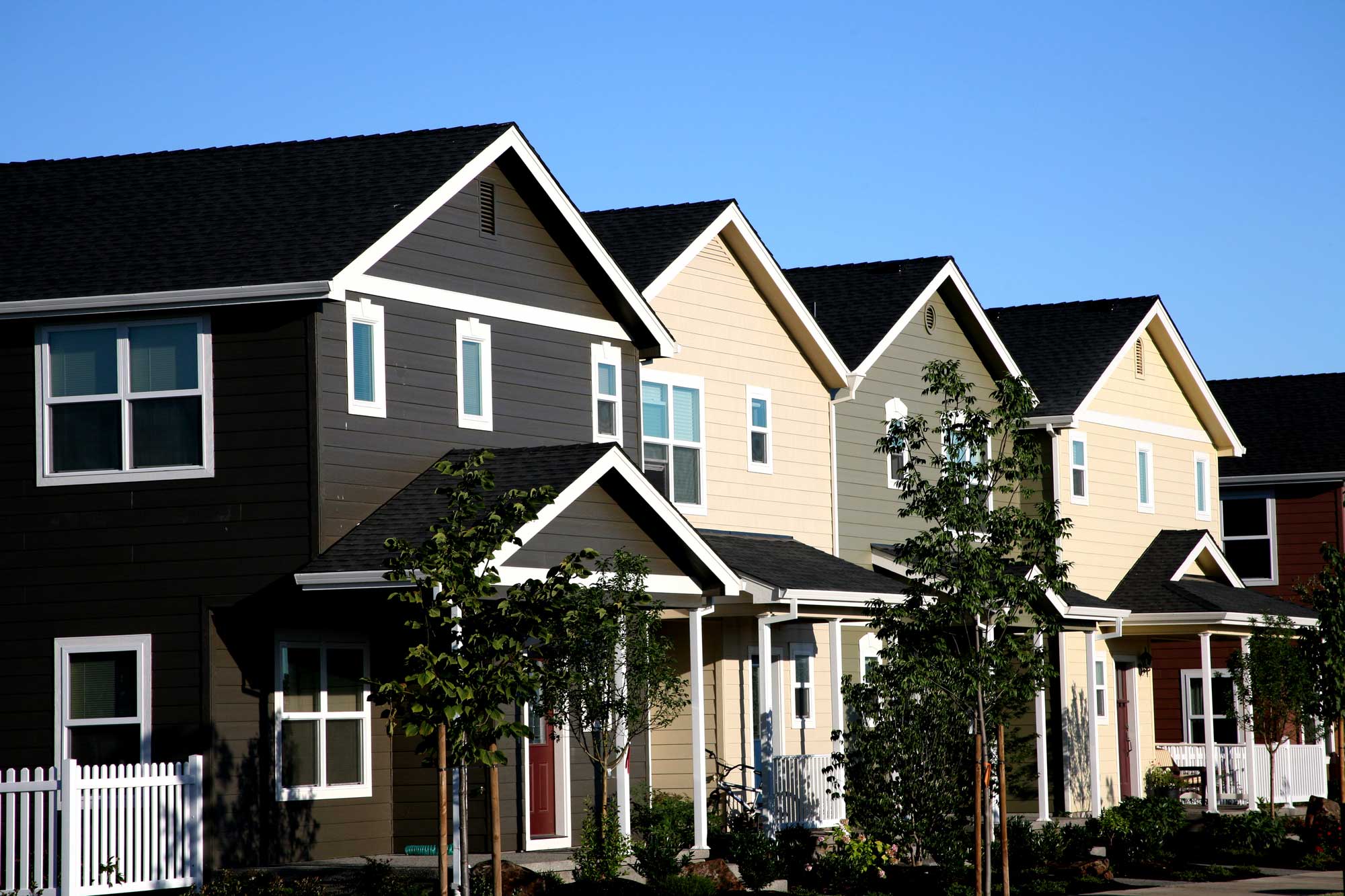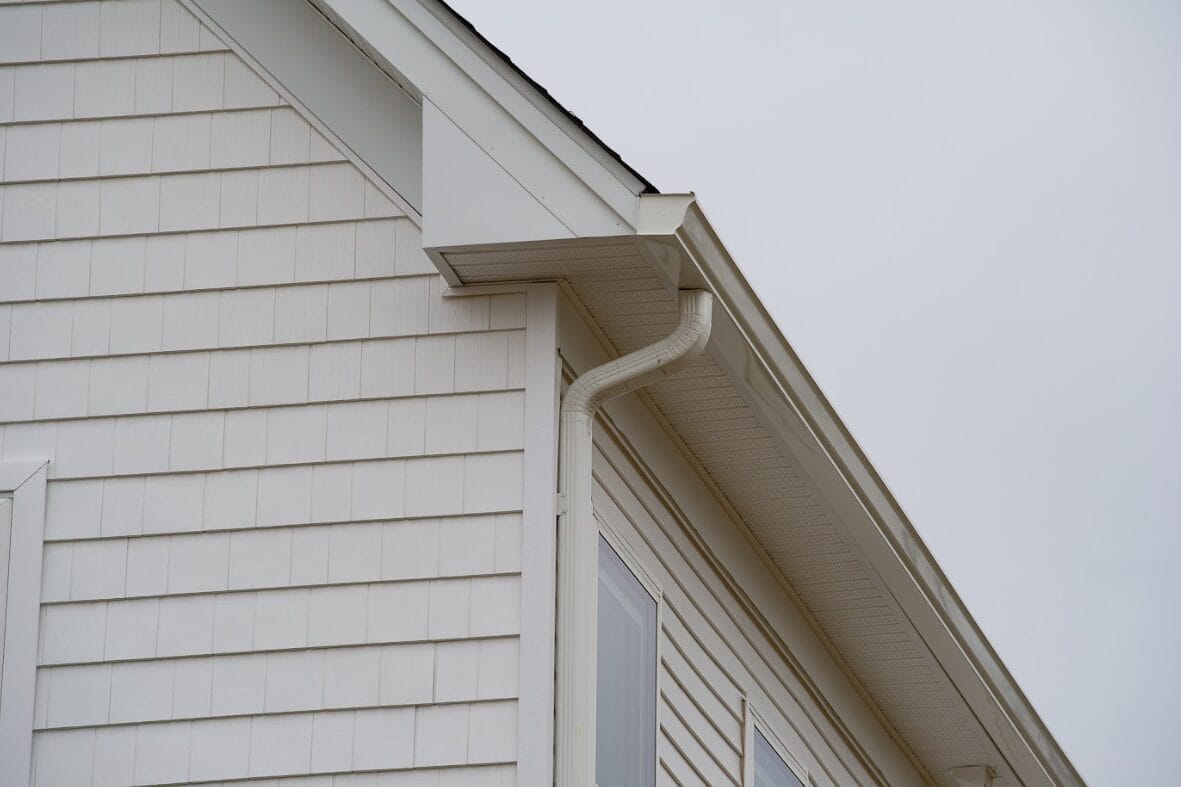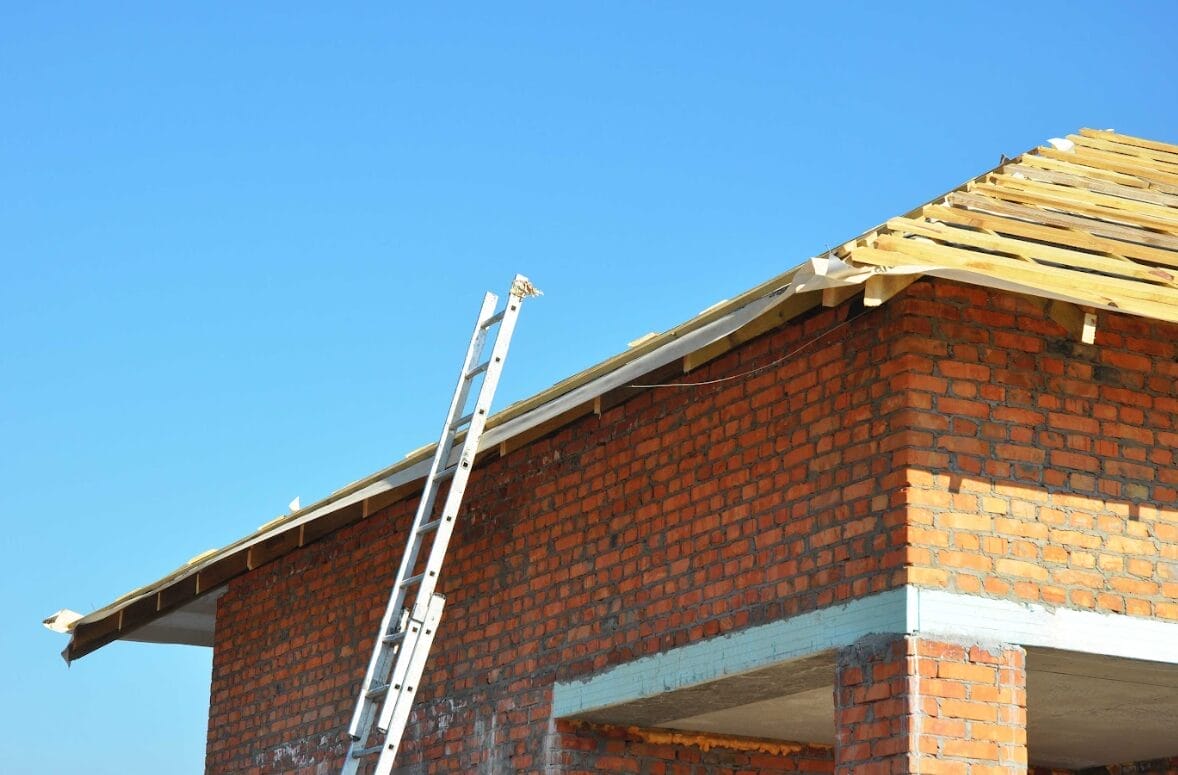A well-built roof is essential for homeowners in Maryland, Pennsylvania and across the Mid-Atlantic region, where weather conditions can be challenging. Understanding the various components involved in a roof installation process is crucial to ensure the longevity and protection of your home.
The Mid-Atlantic region climate presents unique demands for residential roofs. With its humid summers, cold winters, and the potential for heavy rain, snow, and wind, a sturdy and well-constructed roof is paramount. By understanding the different components involved in a roof installation, homeowners can make informed decisions, ensuring their roofs are built to withstand the region’s weather conditions effectively.
From the initial tear-down to the final touches, each component plays a vital role in the overall functionality, durability, and aesthetic appeal of the roof. We will explore the purpose and significance of each component, shedding light on their importance in protecting your home from the elements.
Additionally, we will introduce the optional upgrade option of Low-E Thermasheet. This innovative underlayment product offers improved energy efficiency and insulation, potentially reducing heat transfer and lowering energy costs. By taking advantage of this upgrade, homeowners can enhance the comfort and energy performance of their homes while ensuring a reliable and long-lasting roof.
Tear-Down to the Sheathing
Before a new roof can be installed, the existing roof must be carefully torn down to the sheathing. This process involves removing all layers of the old roof, including shingles, underlayment, and flashing. By starting fresh with a clean roof deck, any underlying issues can be addressed, providing a solid foundation for the new roof.
Synthetic Underlayment: Protecting the Roof Deck
Once the tear-down is complete, a synthetic underlayment is installed over the roof deck. This layer acts as a secondary barrier, offering protection against moisture and ensuring that water does not penetrate the roof system. Synthetic underlayment provides superior durability and performance compared to traditional felt paper.
Ice and Water Shield: Safeguarding Against Leaks
In regions prone to snow and ice, such as Maryland, an ice and water shield is crucial. This self-adhering membrane is installed in vulnerable areas, such as eaves and valleys, to prevent water penetration and protect against ice dams. It provides an additional layer of defense, reducing the risk of leaks and water damage.
Drip Edge: Directing Water Away
Drip edge is an essential component installed along the edges of the roof. Its purpose is to direct water away from the fascia, preventing water damage and prolonging the life of the roof. Drip edge also creates a clean, finished look and helps to prevent wind uplift.
Starter Strip: Ensuring Proper Alignment
To ensure proper shingle alignment and enhance the roof’s durability, a starter strip is installed along the eaves. This strip provides a secure base for the first row of shingles and helps prevent wind uplift. Proper alignment of the starter strip ensures a professional and aesthetically pleasing installation.
Shingle Installation: Aesthetic Appeal and Protection
The installation of high-quality shingles is a crucial step in creating a functional and attractive roof. Qualified roofers follow manufacturer guidelines to ensure proper installation techniques, including correct fastening, overlapping, and alignment. The shingles not only enhance the curb appeal of your home but also provide protection against the elements.
Ridge Caps: The Finishing Touch
Ridge caps are the final layer of protection for the roof’s ridgeline. These specially designed shingles are installed to cover and seal the ridge, providing a finished and uniform appearance. Ridge caps play a vital role in preventing water infiltration and protecting this vulnerable area of the roof.
(Optional Upgrade) Low-E Thermasheet: Upgrading for Enhanced Efficiency
As an optional upgrade, homeowners can consider installing Low-E Thermasheet, an innovative underlayment product from Low-E. This advanced technology offers improved energy efficiency and insulation by reducing heat transfer. It acts as a barrier, reflecting radiant heat back into the home during the winter and keeping the interior cool in the summer. By upgrading to Low-E Thermasheet, homeowners can potentially lower their energy costs and enhance the overall comfort of their living space.




